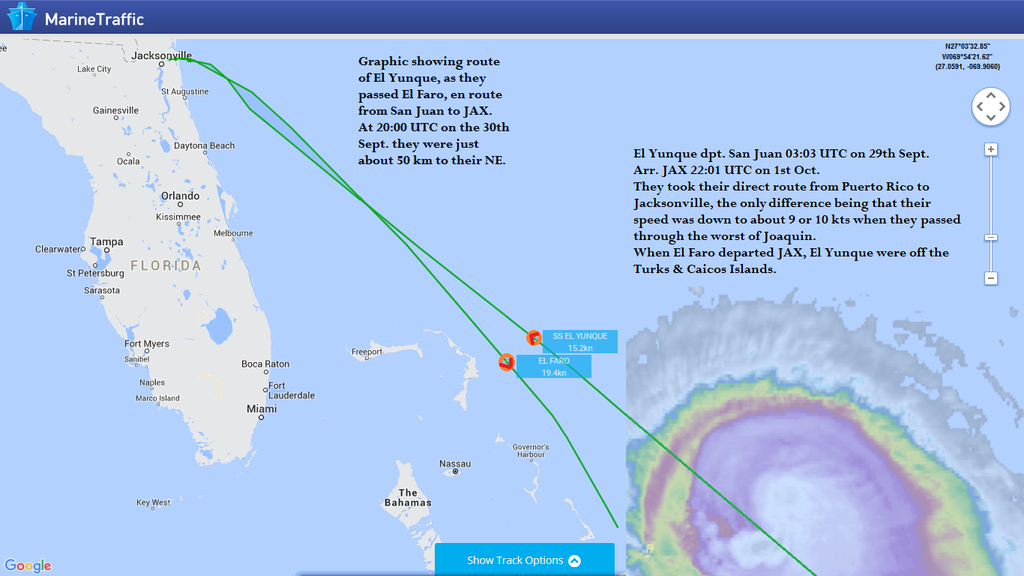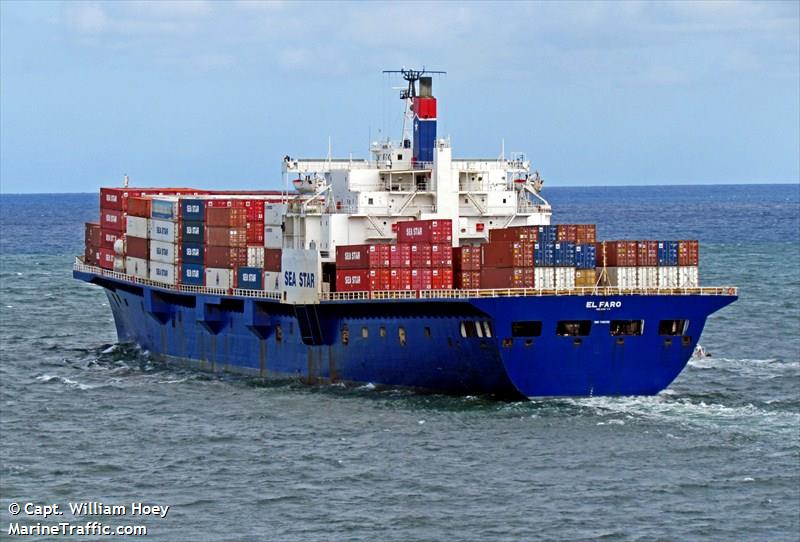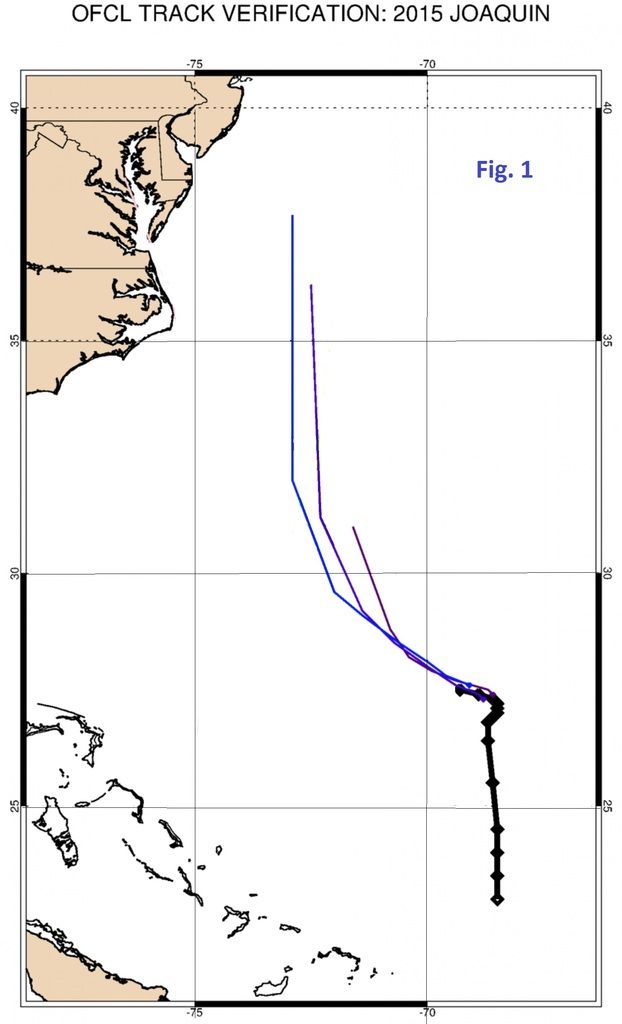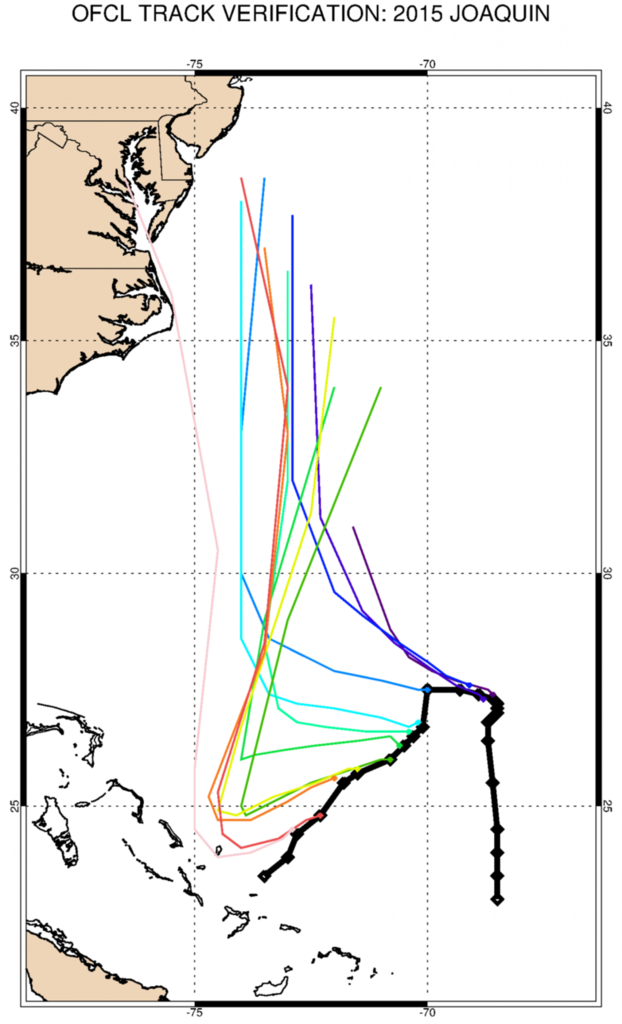[QUOTE=captjacksparrow;180181]
Exactly what weather information did they use, and why? Why was that route chosen and adhered to despite the forecasts and unfolding events? How often did El Faro receive updated wx information? If it didn’t go to the bridge when the master was asleep, why? Did shoreside managers normally monitor the voyages of any of their vessels and the weather that affects them? If so, to what degree? Would higher-risk voyages get more (or any) scrutiny from ashore? Does it depend on the specific vessel and/or master? If not, why? Did the shoreside managers monitor that particular voyage? If so, were they simpatico with the routing? If so, why? If they weren’t, did they attempt to do anything about it? Or were they oblivious to the unfolding disaster until the first phone call from the master? What specific resources were available to the master before departure and while en route? Were/are masters always simply left completely to their own devices and choices, regardless of any other considerations, with no particular monitoring of any kind? If so, is that a good way of operating a ship, or any other kind of vessel? Yes, the last two questions are rhetorical.
We may never get entirely honest or accurate answers to those questions, but I think if merchant mariners are interested in avoiding personal involvement in some version of a repeat performance it’s where the focus needs to be. We’re all fallible. If that inevitable fallibility isn’t recognized and factored carefully into our decision-making processes in all parts of voyage planning and execution then it should come as no surprise when it happens the next time. And of course there will always be a “next time.” It’s just a matter of who, when and where.[/QUOTE]
Exactly what weather information did they use, and why?
As to what did they get, AFAIK the ship would have been getting SAFETYNET forecast from NWS on the bridge. That would be every 6 hours or every three hours for hurricane warnings. If these were not being received, in my experience it would have been a no sail item. It’s standard practice to plot the text messages on a chart. Don’t know what the practice was on the El Faro.
As far as what they used, the question about the weather information was asked at the hearing. I didn’t watch the entire hearing but the only answer I heard was that it came in by email which would have been the separate paid system where the email updates the computer weather program. These were received by the captain and he forwarded them to the bridge. Of course that doesn’t mean that was the only method they were using.
Why was that route chosen and adhered to despite the forecasts and unfolding events?
That’s obviously the mystery, my guess is a combination of factors: Loss aversion, the hard loss of having to turn around compared to the less concrete gain of lower risk. Other possible factors are workload, overconfidence, normalization of deviance. Shipboard culture may have played a role, shoreside as well. I should add a disclaimer here that this is not meant as trying to excuse anyone’s actions. I’d be surprised if the company set the route, nobody ashore would want that responsibility.
Would higher-risk voyages get more (or any) scrutiny from ashore?
In my experience sometimes yes but the route near a tropical cyclone would be handled aboard ship but assistance is available on request.
Did the shoreside managers monitor that particular voyage? If so, were they simpatico with the routing? If so, why? If they weren’t, did they attempt to do anything about it? Or were they oblivious to the unfolding disaster until the first phone call from the master?
My experience is that the route is not monitored from ashore. One important point is that the master is the company representative. It depends on the wording of the SMS but traditionally on a ship where the crew signs articles the captain is a company representative, technically not part of the crew.
What specific resources were available to the master before departure and while en route? Were/are masters always simply left completely to their own devices and choices, regardless of any other considerations, with no particular monitoring of any kind?
Likely sufficient tools to analyze the weather but no monitoring from shoreside is my guess.
If so, is that a good way of operating a ship,
It’s the traditional way.In my view an obsolete way given modern sat comms.





